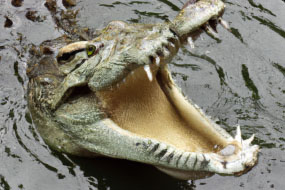
Pets are curious creatures and love exploring their surroundings. However, this can sometimes put them at risk, especially when it comes to potentially poisonous plants. In this article, we'll take a closer look at how to identify common poisonous plants and how to keep your pets safe.
Understanding the Dangers of Poisonous Plants
Poisonous plants pose a significant risk to your pet's health. Ingesting or even touching certain plants can cause symptoms ranging from mild irritation to severe health risks including vomiting, diarrhea, and in extreme cases, organ failure or death. It's critical for pet owners to understand these risks and know how to identify and avoid poisonous plants.
Identifying Common Poisonous Plants
There are numerous types of poisonous plants that pose a threat to pets. Some of the most common include Lilies, Azaleas, Oleander, Sago Palm, Rhododendron, and Foxgloves. These plants might look beautiful in your garden or inside your home, but they can be fatal to your pets. Always make sure to research the plants you're considering adding to your space to ensure they’re pet safe.
Symptoms of Plant Poisoning in Pets
If your pet ingest a poisonous plant, it may exhibit symptoms such as drooling, nausea, vomiting, diarrhea, increase in heart rate, and difficulty in breathing. In more severe cases, tremors, seizures, and unconsciousness may occur. If any of these signs are observed, you should immediately contact a vet or pet poison helpline.
Preventing Exposure to Poisonous Plants
Prevention is better than cure. Ensuring your pet does not have access to poisonous plants is the most effective way to protect them. Always supervise your pets when they're outside, and make sure your indoor plants are pet-friendly. Educating yourself about poisonous plants in your region and removing them from your pet’s environment is crucial.
What to Do if Your Pet Ingests a Poisonous Plant
In the unfortunate event that your pet has ingested a poisonous plant, it's imperative that you act quickly. Remove any plant material from your pet's mouth and call your vet immediately. If possible, bring along a sample of the plant. Never attempt to induce vomiting unless directed to do so by a professional. Keep the pet calm and warm, and get it to a vet as quickly as possible.
















